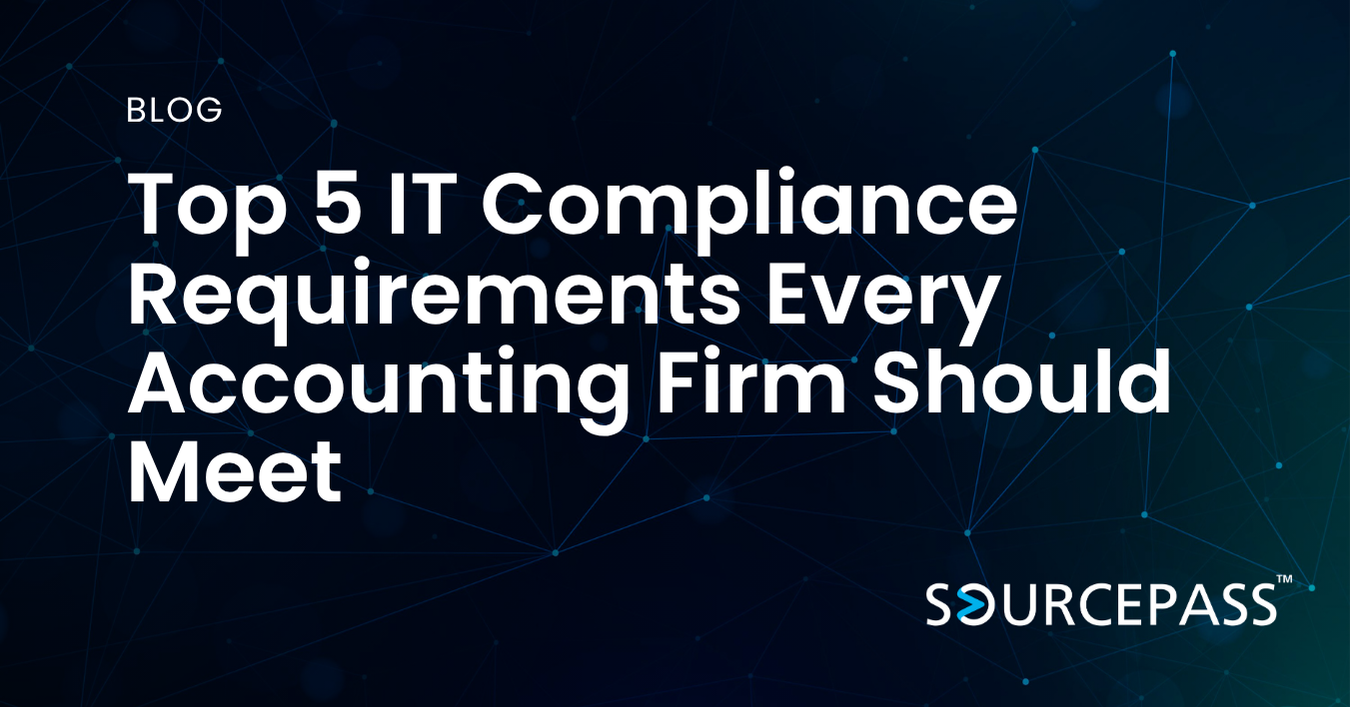The Real Cost of “One IT Guy”—And Why It’s Not Enough Anymore
Jun 20, 2025 Alex Davis IT Services & Support 2 min read



In the early days of many growing businesses, having “one IT guy” seemed like enough. They knew every computer, every printer, and every password. If something broke, they were the go-to. If a new employee started, they got them set up. Simple, right?
But what happens when your systems grow, your cybersecurity risks multiply, and your operations depend on uptime and compliance? What happens when that one person takes a vacation—or a better job?
Let’s walk through what relying on a single IT person really costs—and what a smarter, more scalable alternative looks like.
The Story of Riley: One Person, Too Much Responsibility
Riley is the head of IT at a 50-person consulting firm. He's been with the company for seven years and has always “just handled things.” They manage onboarding, software procurement, cybersecurity, and server maintenance—all by himself.
Then one Monday morning, Riley calls in sick. That same day, three laptops fail to connect to the VPN, two new employees are waiting for credentials, and a client is requesting urgent documentation for compliance review.
With no backup and no clear documentation of Riley's systems, the entire office comes to a standstill.
The Hidden Risks of the “One IT Guy” Model
1. Single Point of Failure
If your entire IT operation hinges on one individual, you're vulnerable. Illness, resignation, or burnout can leave your company scrambling for support or even locked out of critical systems.
2. Scalability Limits
One person can’t realistically manage enterprise-grade cybersecurity, software rollouts, infrastructure updates, and compliance requirements. As your business grows, the demands quickly outpace what any individual can handle.
3. Knowledge Gaps
IT today spans multiple domains: cloud computing, cybersecurity, compliance, vendor management, and data protection. Rarely can one person excel at all of them. As technology evolves, the gap widens.
4. Security and Compliance Risks
Outdated firewalls, unpatched systems, and weak backup strategies are common in under-resourced IT environments. With regulations like HIPAA, GDPR, and FINRA in play, non-compliance can lead to costly audits or fines.
5. No 24/7 Coverage
Cyber threats don’t keep office hours. If a ransomware attack hits at 2 a.m., your “IT guy” might be asleep—or unavailable. Today’s threat landscape requires proactive, around-the-clock monitoring and rapid response.
What’s the Alternative? A Team of Experts Without the Payroll Burden
Outsourced IT support through a managed services provider (MSP) gives you access to a full team of experts across disciplines—without needing to hire an entire department.
Benefits of Outsourced IT Support:
- 24/7 monitoring and support to minimize downtime
- Specialists in cybersecurity, compliance, and cloud infrastructure
- Scalable resources that grow with your business
- Documented processes and redundancies that ensure continuity
- Predictable, flat-rate pricing that avoids unexpected costs
Making the Shift: Augment, Don’t Replace
This isn’t about replacing Riley—it’s about giving him the tools, backup, and bandwidth to succeed. An MSP can act as an extension of your internal team, taking on the heavy lifting while your in-house resource focuses on strategic initiatives.
Final Thoughts
Your IT shouldn’t rest on the shoulders of one person. The modern business environment is too complex, too regulated, and too fast-moving. Relying on a single IT generalist may have worked in the past—but today, it’s a costly and risky bet.
It’s time to future-proof your technology. Build an IT foundation that’s scalable, secure, and supported by more than one set of hands.
Need help scaling your IT support without blowing your budget?
Let’s talk about how a modern IT partnership can reduce risk, improve uptime, and drive growth.
Subscribe To
Sourcepass Insights
Sourcepass Insights
Stay in the loop and never miss out on the latest updates by subscribing to our newsletter today!
.png?width=500&height=100&name=White%20Logo%20-%20Transparent%20Tag%20(3).png)



